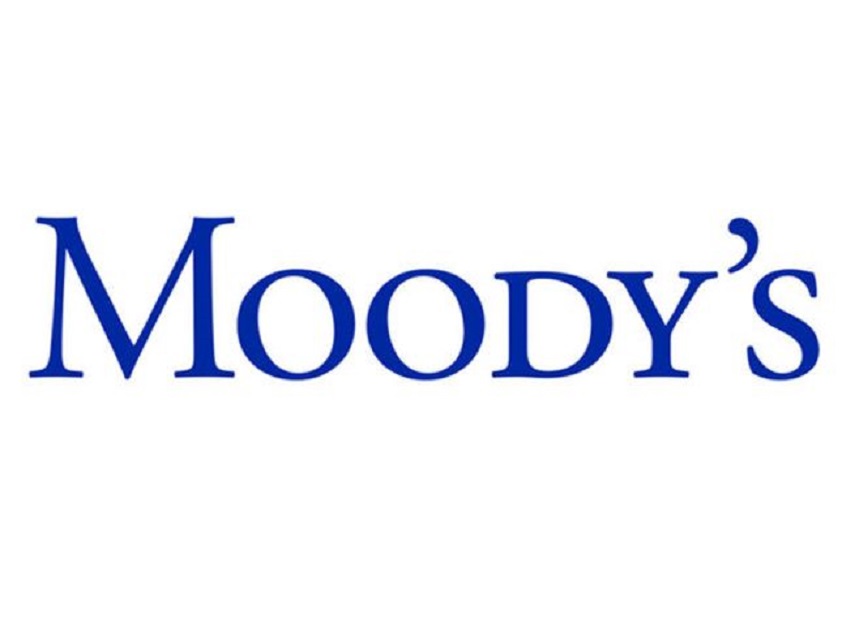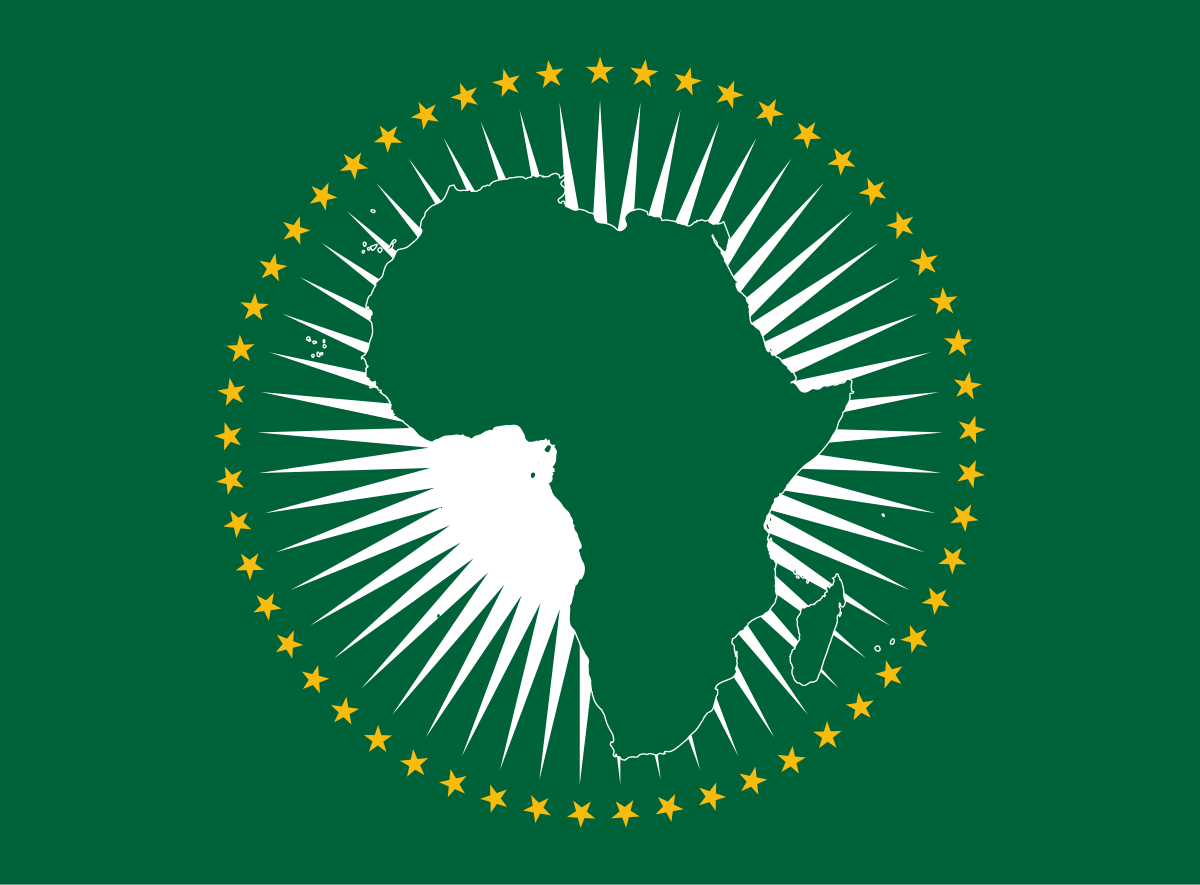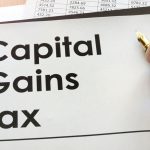Economy
Moody’s Drops South Africa’s Rating to Baa3
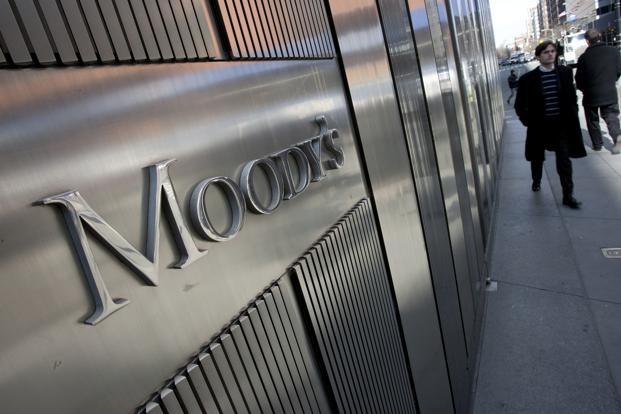

By Dipo Olowookere
South Africa’s long-term issuer and senior unsecured ratings have been downgraded to Baa3 from Baa2 by Moody’s.
The rating firm also assigned a negative outlook to the country as well as dropping its senior unsecured Shelf and MTN program ratings to (P) Baa3 from (P) Baa2.
“The government’s senior unsecured short-term program rating was also downgraded to (P)P-3 from (P)P-2. The rating actions conclude the review for downgrade that commenced on 3 April 2017,” Moody’s said in a statement issued on Friday.
According to the rating agency, the factors which brought about the downgrades were weakening of South Africa’s institutional framework, reduced growth prospects reflecting policy uncertainty and slower progress with structural reforms; and the continued erosion of fiscal strength due to rising public debt and contingent liabilities
Moody’s said the Baa3 rating recognizes a number of important strengths that continue to support South Africa’s creditworthiness.
However, the negative outlook reflects the continued downside risks for growth and fiscal consolidation associated with the political outlook.
Over the medium-term, economic and fiscal strength will remain sensitive to investor confidence and hence uncertainty surrounding political developments, including prospects for structural reforms intended to raise potential growth and flexibility in fiscal expenditures, it said.
In a related decision, Moody’s also downgraded to Baa3 from Baa2 the backed senior unsecured debt issued by ZAR Sovereign Capital Fund Propriety Limited, a special purpose vehicle whose debt issuance is ultimately the obligation of the South African government, and assigned a negative outlook.
South Africa’s long-term local-currency bond and deposit ceilings were lowered to A2 from A1, and the long-term and short-term foreign-currency bond ceilings lowered to A3/P-2 from A2/P-1, respectively. The long-term foreign-currency bank deposits ceilings was lowered to Baa3 from Baa2, while the short-term foreign-currency bank deposits ceiling was lowered to P-3 from P-2.
The downgrade, Moody’s said, reflects its view that recent political developments suggest a weakening of the country’s institutional strength which casts doubt over the strength and sustainability of the recovery in growth and the stabilisation of the debt-to-GDP ratio over the near-term.
The first driver for the downgrade is Moody’s view that South Africa’s institutional strength, the second factor in our rating methodology, has eroded.
The independence and strength of key institutions such as the judiciary, the Reserve Bank and the National Treasury are a key support in Moody’s assessment of South Africa’s credit profile, through ensuring the continuity of a predictable, credit-supportive policy environment, the agency explained.
Moody’s said it has taken comfort from the manifest commitment of the country’s policy institutions to achieving a broad program of structural reforms through cooperation between government, labour, and business, while at the same time maintaining rigorous adherence to fiscal spending ceilings and embarking on reforms of state-owned enterprises.
However, recent events, particularly but not exclusively the abrupt March Cabinet reshuffle, illustrate a gradual erosion of institutional strength. The institutional framework has become less transparent, effective and predictable, and policymakers’ commitment to previously-articulated reform objectives is less certain.
As a consequence, Moody’s views the underlying political dynamics which led to the March cabinet reshuffle as posing a threat to near- and medium-term real GDP growth.
Uncertainty over near- and medium-term policy priorities has damaged investor confidence, reducing investment in South Africa’s economy which fell by 3.9% in 2016 and is projected to remain subdued in 2017. Investment levels are likely to remain weak until a more stable policy environment emerges.
Medium-term growth will additionally be constrained by mixed progress with structural reforms, including delays in the implementation of reforms in the mining sector, in the governance of state-owned enterprises, and in the elimination of barriers to competition in key network sectors. With the economy already recording two consecutive quarters of contraction prior to the cabinet reshuffle, Moody’s forecasts growth below 1% in 2017 and 1.5% in 2018, with stagnating investment reducing medium-term (and potential) growth as well.
Lower levels of growth and heightened uncertainty about policy direction and policymakers’ commitment to structural reforms have increased the risk of a weakening of the government balance sheet.
In Moody’s view, lower than expected growth will further delay the stabilization of South Africa’s debt-to-GDP ratio. Instead of stabilizing in 2018/19 Moody’s now expects the debt burden will reach about 55% of GDP that year and continue to rise gradually afterwards. While the National Treasury has reiterated its commitment to expenditure ceilings, pressures to raise public wages will again rise in the next fiscal year as the end of the current three-year agreement will open room for new negotiations. Underperformance on revenue collection is another risk, the statement said.
Furthermore, contingent liabilities linked to state-owned enterprises continue to pose a tail risk to the country’s fiscal strength.
Operational inefficiencies, weak corporate governance, and poor procurement practices persist in SOEs, with government guarantees extended to SOEs rising. This has also increased the likelihood of contingent liabilities crystalizing on the government’s balance sheet. Pressures to further extend guarantees and utilize procurement practices to advance political objectives are sources of additional potential risk.
Economy
UK Backs Nigeria With Two Flagship Economic Reform Programmes

By Adedapo Adesanya
The United Kingdom via the British High Commission in Abuja has launched two flagship economic reform programmes – the Nigeria Economic Stability & Transformation (NEST) programme and the Nigeria Public Finance Facility (NPFF) -as part of efforts to support Nigeria’s economic reform and growth agenda.
Backed by a £12.4 million UK investment, NEST and NPFF sit at the centre of the UK-Nigeria mutual growth partnership and support Nigeria’s efforts to strengthen macroeconomic stability, improve fiscal resilience, and create a more competitive environment for investment and private-sector growth.
Speaking at the launch, Cynthia Rowe, Head of Development Cooperation at the British High Commission in Abuja, said, “These two programmes sit at the heart of our economic development cooperation with Nigeria. They reflect a shared commitment to strengthening the fundamentals that matter most for our stability, confidence, and long-term growth.”
The launch followed the inaugural meeting of the Joint UK-Nigeria Steering Committee, which endorsed the approach of both programmes and confirmed strong alignment between the UK and Nigeria on priority areas for delivery.
Representing the Government of Nigeria, Special Adviser to the President of Nigeria on Finance and the Economy, Mrs Sanyade Okoli, welcomed the collaboration, touting it as crucial to current, critical reforms.
“We welcome the United Kingdom’s support through these new programmes as a strong demonstration of our shared commitment to Nigeria’s economic stability and long-term prosperity. At a time when we are implementing critical reforms to strengthen fiscal resilience, improve macroeconomic stability, and unlock inclusive growth, this partnership will provide valuable technical support. Together, we are laying the foundation for a more resilient economy that delivers sustainable development and improved livelihoods for all Nigerians.”
On his part, Mr Jonny Baxter, British Deputy High Commissioner in Lagos, highlighted the significance of the programmes within the wider UK-Nigeria mutual growth partnership.
“NEST and NPFF are central to our shared approach to strengthening the foundations that underpin long-term economic prosperity. They sit firmly within the UK-Nigeria mutual growth partnership.”
Economy
MTN Nigeria, SMEDAN to Boost SME Digital Growth
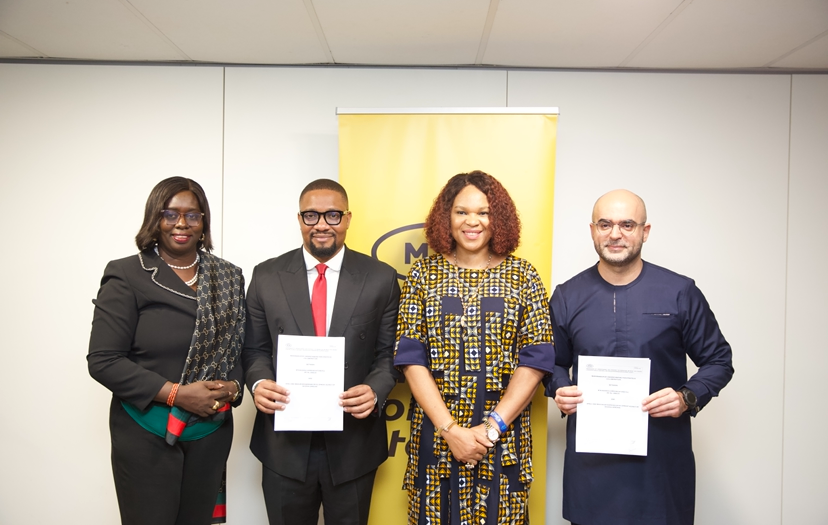
By Aduragbemi Omiyale
A strategic partnership aimed at accelerating the growth, digital capacity, and sustainability of Nigeria’s 40 million Micro, Small and Medium Enterprises (MSMEs) has been signed by MTN Nigeria and the Small and Medium Enterprises Development Agency of Nigeria (SMEDAN).
The collaboration will feature joint initiatives focused on digital inclusion, financial access, capacity building, and providing verified information for MSMEs.
With millions of small businesses depending on accurate guidance and easy-to-access support, MTN and SMEDAN say their shared platform will address gaps in communication, misinformation, and access to opportunities.
At the formal signing of the Memorandum of Understanding (MoU) on Thursday, November 27, 2025, in Lagos, the stage was set for the immediate roll-out of tools, content, and resources that will support MSMEs nationwide.
The chief operating officer of MTN Nigeria, Mr Ayham Moussa, reiterated the company’s commitment to supporting Nigeria’s economic development, stating that MSMEs are the lifeline of Nigeria’s economy.
“SMEs are the backbone of the economy and the backbone of employment in Nigeria. We are delighted to power SMEDAN’s platform and provide tools that help MSMEs reach customers, obtain funding, and access wider markets. This collaboration serves both our business and social development objectives,” he stated.
Also, the Chief Enterprise Business Officer of MTN Nigeria, Ms Lynda Saint-Nwafor, described the MoU as a tool to “meet SMEs at the point of their needs,” noting that nano, micro, small, and medium businesses each require different resources to scale.
“Some SMEs need guidance, some need resources; others need opportunities or workforce support. This platform allows them to access whatever they need. We are committed to identifying opportunities across financial inclusion, digital inclusion, and capacity building that help SMEs to scale,” she noted.
Also commenting, the Director General of SMEDAN, Mr Charles Odii, emphasised the significance of the collaboration, noting that the agency cannot meet its mandate without leveraging technology and private-sector expertise.
“We have approximately 40 million MSMEs in Nigeria, and only about 400 SMEDAN staff. We cannot fulfil our mandate without technology, data, and strong partners.
“MTN already has the infrastructure and tools to support MSMEs from payments to identity, hosting, learning, and more. With this partnership, we are confident we can achieve in a short time what would have taken years,” he disclosed.
Mr Odii highlighted that the SMEDAN-MTN collaboration would support businesses across their growth needs, guided by their four-point GROW model – Guidance, Resources, Opportunities, and Workforce Development.
He added that SMEDAN has already created over 100,000 jobs within its two-year administration and expects the partnership to significantly boost job creation, business expansion, and nationwide enterprise modernisation.
Economy
NGX Seeks Suspension of New Capital Gains Tax
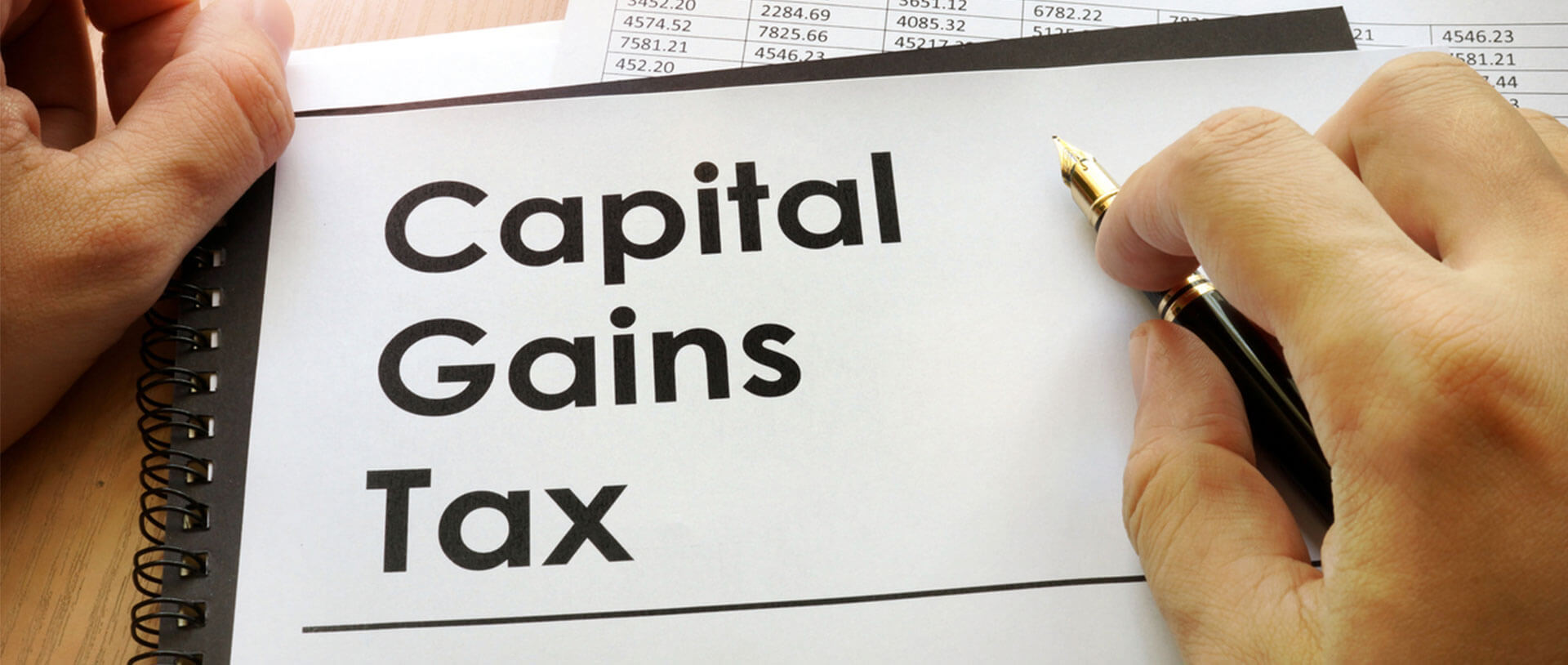
By Adedapo Adesanya
The Nigerian Exchange (NGX) Limited is seeking review of the controversial Capital Gains Tax increase, fearing it will chase away foreign investors from the country’s capital market.
Nigeria’s new tax regime, which takes effect from January 1, 2026, represents one of the most significant changes to Nigeria’s tax system in recent years.
Under the new rules, the flat 10 per cent Capital Gains Tax rate has been replaced by progressive income tax rates ranging from zero to 30 per cent, depending on an investor’s overall income or profit level while large corporate investors will see the top rate reduced to 25 per cent as part of a wider corporate tax reform.
The chief executive of NGX, Mr Jude Chiemeka, said in a Bloomberg interview in Kigali, Rwanda that there should be a “removal of the capital gains tax completely, or perhaps deferring it for five years.”
According to him, Nigeria, having a higher Capital Gains Tax, will make investors redirect asset allocation to frontier markets and “countries that have less tax.”
“From a capital flow perspective, we should be concerned because all these international portfolio managers that invest across frontier markets will certainly go to where the cost of investing is not so burdensome,” the CEO said, as per Bloomberg. “That is really the angle one will look at it from.”
Meanwhile, the policy has been defended by the chairman of the Presidential Fiscal Policy and Tax Reforms Committee, Mr Taiwo Oyedele, who noted that the new tax will make investing in the capital market more attractive by reducing risks, promoting fairness, and simplifying compliance.
He noted that the framework allows investors to deduct legitimate costs such as brokerage fees, regulatory charges, realised capital losses, margin interest, and foreign exchange losses directly tied to investments, thereby ensuring that they are not taxed when operating at a loss.
Mr Oyedele also said the reforms introduced a more inclusive approach to taxation by exempting several categories of investors and transactions.
-

 Feature/OPED6 years ago
Feature/OPED6 years agoDavos was Different this year
-
Travel/Tourism9 years ago
Lagos Seals Western Lodge Hotel In Ikorodu
-

 Showbiz3 years ago
Showbiz3 years agoEstranged Lover Releases Videos of Empress Njamah Bathing
-

 Banking7 years ago
Banking7 years agoSort Codes of GTBank Branches in Nigeria
-

 Economy3 years ago
Economy3 years agoSubsidy Removal: CNG at N130 Per Litre Cheaper Than Petrol—IPMAN
-

 Banking3 years ago
Banking3 years agoFirst Bank Announces Planned Downtime
-

 Banking3 years ago
Banking3 years agoSort Codes of UBA Branches in Nigeria
-

 Sports3 years ago
Sports3 years agoHighest Paid Nigerian Footballer – How Much Do Nigerian Footballers Earn



